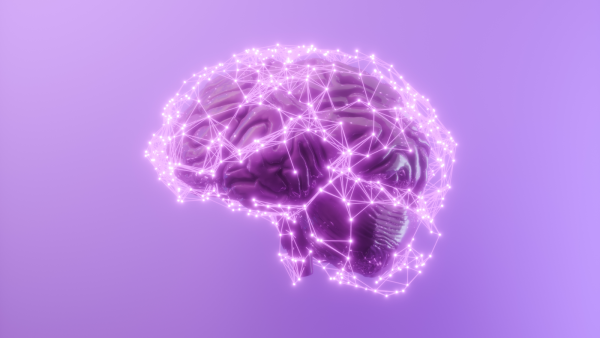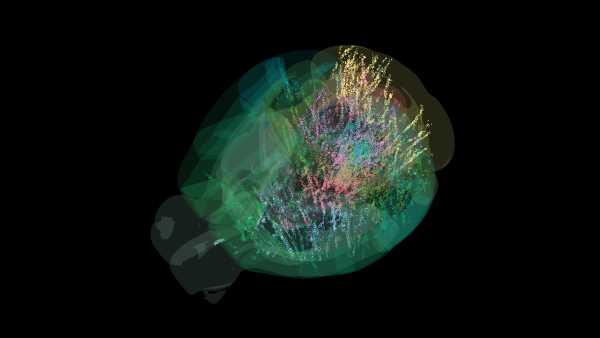
This map shows tens of thousands of brain cells analyzed at different stages of decision making. (Image credit: Dan Bierman, International Brain Lab)
In two groundbreaking studies, researchers have created the first-ever map of mammalian brain activity, forcing scientists to rethink how they make decisions.
The project, which involved dozens of labs and used data from more than 600,000 individual mouse brain cells, covered areas that make up more than 95 percent of the brain. The findings, published in two papers in the journal Nature, suggest that decision-making involves a much larger portion of the brain than previously thought.
The giant project was led by the International Brain Laboratory (IBL), a collaboration of experimental and theoretical neuroscientists from across Europe and the United States. These scientists were united by a familiar, nagging feeling.
You may like
-
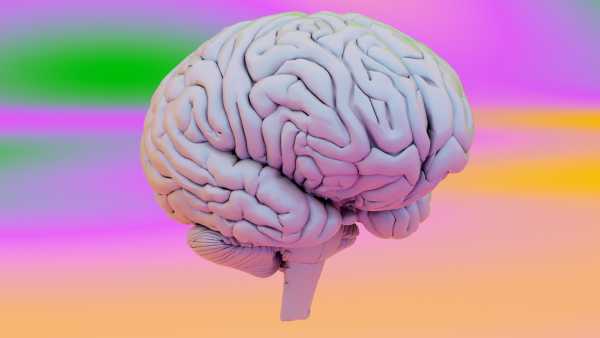
A surprisingly simple 'dial' in the brain can help it distinguish imagination from reality
-
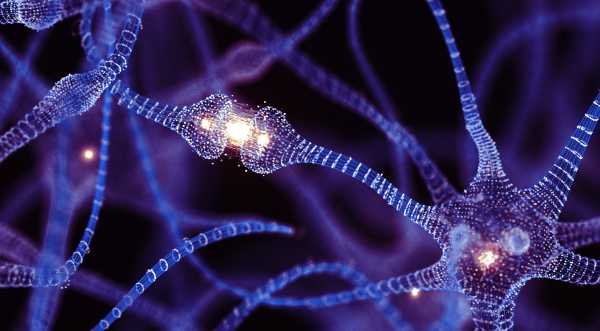
Can adults create new brain cells? New research may finally settle one of the biggest debates in neuroscience.
-

'Mini Brains' Reveal Secrets of Formation of Key Brain Cells in the Womb
“We had problems with the way the science was done,” said Matteo Carandini, a neuroscientist at University College London and a core member of the IBL.
In previous studies of the brain, many separate labs have attempted to answer important questions about the organ, such as how brain activity relates to behavior. However, each lab studied the question in the brains of different mice and performed slightly different behavioral tasks with each group of rodents. Given the uncertainty in how each research group defined individual brain regions, these inconsistencies skewed the results.
“We wouldn't know whether we actually agreed or not because so many things were different,” Carandini told Live Science.
So, IBL members came together to design a single, robust, standardized experiment of a scale that no single lab could handle alone. They then combined this mega-test with precise instruments for measuring brain activity and pre-established analysis methods to make the results as reproducible as possible. The goal was to overcome a persistent obstacle in the field.
“One of the longest-standing problems in neuroscience is deciphering how variations in neural systems – both structural and functional – influence variations in behavior,” Federico Turkheimer, a neuroscientist at King’s College London who was not involved in the study, told the UK Science Media Centre in a statement.
Ultimately, the project involved 139 mice working in 12 labs around the world. They were implanted with brain-recording devices called neuropixel probes. These probes can record up to 1,000 individual neurons at a time. The researchers tested the mice by performing a simple behavioral task that each of the dozen labs could reliably reproduce: The researchers placed the mice in front of a screen, and a black-and-white striped marker flashed to the right or left. If the mice spun a small wheel in the direction of the flash, they received a reward.
Carandini said that based on what you read in a neuroscience textbook, you might expect brain activity during an experiment to follow a linear trajectory. First, cells in the visual cortex that recognize images are activated, followed by neurons in another part of the brain, such as the prefrontal cortex, which is known to be involved in making abstract decisions. That information might then be combined with additional activity reflecting the mouse’s previous experiences — in other words, memories — before being relayed to the motor areas of the brain that control muscle responses.
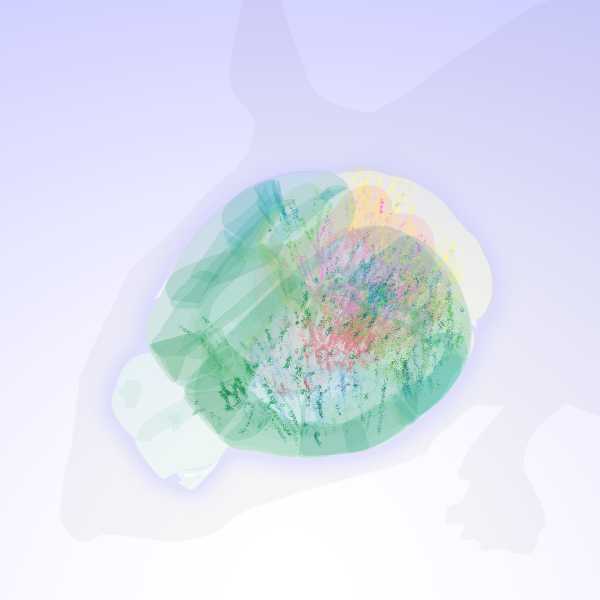
The studies included data from more than 600,000 brain cells from 139 mice.
The researchers' results partially confirmed this chain reaction: for example, the visual cortex was activated first. However, other results contradicted the team's expectations.
“We found decision signals and signals related to previous information in many more brain regions than we expected,” Carandini said. Together, activity in virtually all of the brain regions examined could be used to determine whether a mouse had received a reward.
In some experimental trials, the researchers made the marker on the screen incredibly dim, so the mice essentially had to guess which way to spin the wheel. A second paper in Nature looked at how the mice used prior expectations — based on where the marker had been in previous tests — to bolster their guesses. The brain activity that lit up when the mice guessed in these tasks was also much more widely distributed across the brain than the team had anticipated.
IBL’s approach to understanding the brain was developed from similar initiatives, such as the particle physics experiments at CERN and the DNA work of the Human Genome Project. To describe the project’s impact, Carandini turns to another field: astronomy.
RELATED STORIES
— Scientists have created the largest brain “connectome” to date by forcing a lab mouse to watch The Matrix and Star Wars.
— A new 3D map created by Google's AI reveals a “mysterious but beautiful” part of the human brain.
—A super-detailed map of the brain cells that help us stay awake could improve our understanding of consciousness.
He noted that early astronomers could look at the night sky and see every star, but in very poor detail. With the advent of the telescope, it became possible to study individual celestial bodies. Previous neuroscience work, he said, was “like someone pointed a telescope at just one galaxy, and then different astronomers pointed their telescopes at different galaxies and said, ‘My galaxy does this!’ or ‘No, my galaxy does that!’” The new project, he explained, makes it possible to see all the details of the night sky at once and up close.
This work was only possible thanks to recent technological advances and improved interlaboratory collaboration, but Carandini hopes it can now be used to address other important questions about the brain. The results of this paper are purely correlational, so it is currently impossible to say whether the observed brain activity is a direct consequence of decision-making or is related to that process alone.
“I think the next step is to add causality to the study,” he said.

RJ MackenzieLive Science Contributor
RJ Mackenzie is an award-winning science and health journalist. He holds degrees in neuroscience from the Universities of Edinburgh and Cambridge. He became a writer after deciding that the best way to contribute to science was at a keyboard rather than a lab bench. He has covered topics ranging from neural interface technology to shape-shifting materials science, from the rise of predator conferences to the importance of newborn screening programmes. He is a former staff writer for Technology Networks.
You must verify your public display name before commenting.
Please log out and log back in. You will then be prompted to enter a display name.
Exit Read more
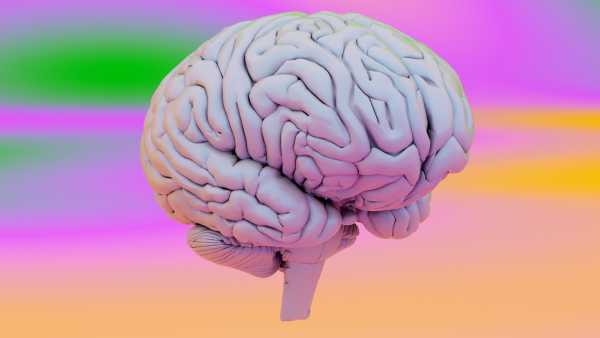
A surprisingly simple 'dial' in the brain can help it distinguish imagination from reality
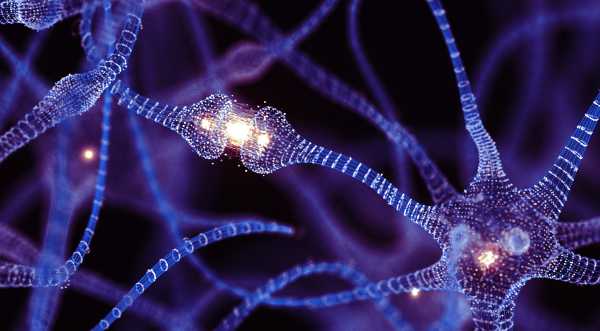
Can adults create new brain cells? New research may finally settle one of the biggest debates in neuroscience.
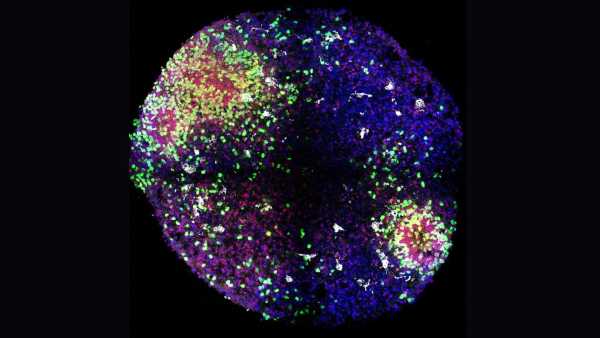
'Mini Brains' Reveal Secrets of Formation of Key Brain Cells in the Womb
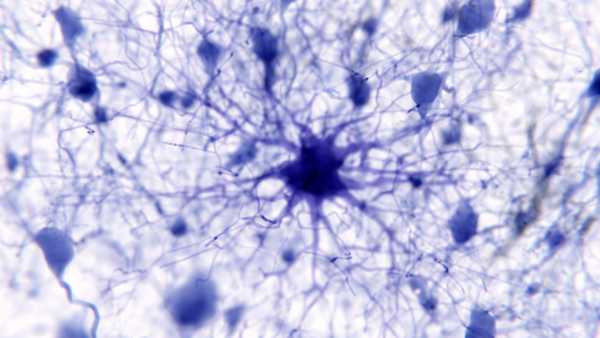
Star-shaped brain cells may underlie the brain's vast memory store

Warm and cold temperatures reach the brain through completely different pathways.
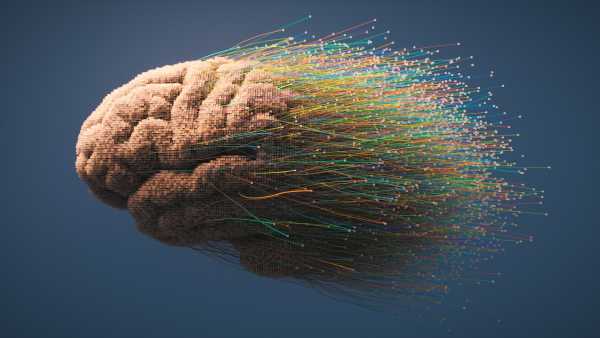
Memories in the brain are not static — they “drift” over time. Latest news in neuroscience
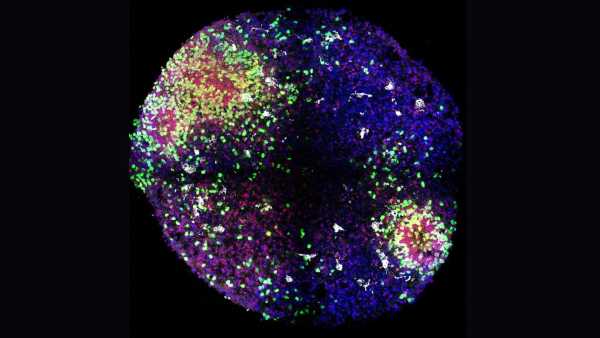
'Mini Brains' Reveal Secrets of Formation of Key Brain Cells in the Womb
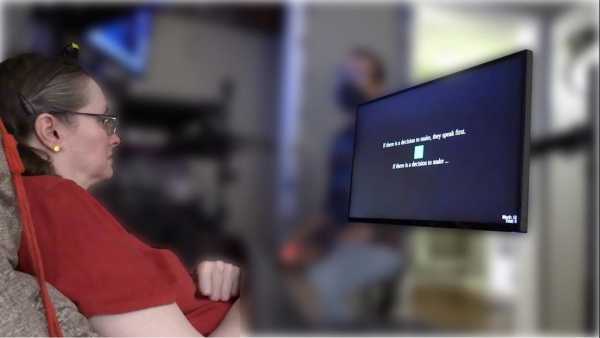
New Brain Implant Can Decipher Human 'Inner Monologue'
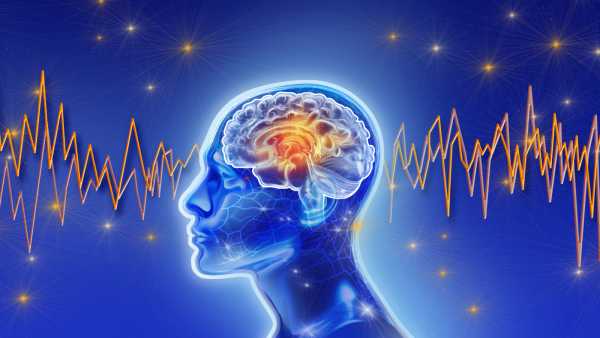
Scans show that when your mind “switches off,” brain activity resembles deep sleep.

Warm and cold temperatures reach the brain through completely different pathways.
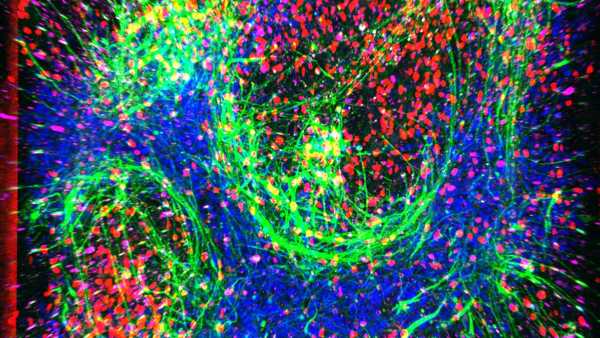
New pocket-sized UAS model 'breathes and flows like human tissue'
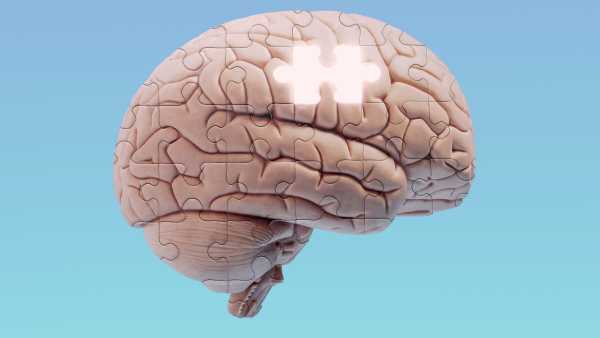
Can the Brain Run Out of Memory? Latest News
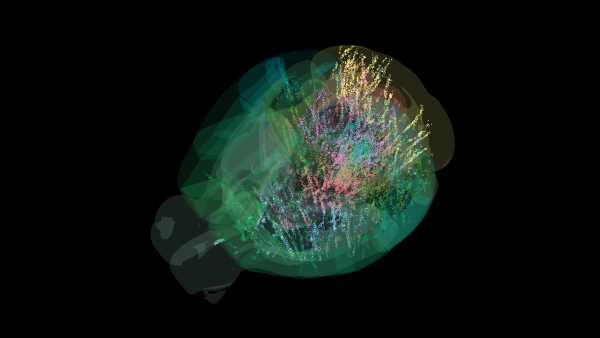
Map of 600,000 Brain Cells Rewrites Textbook on How the Brain Makes Decisions
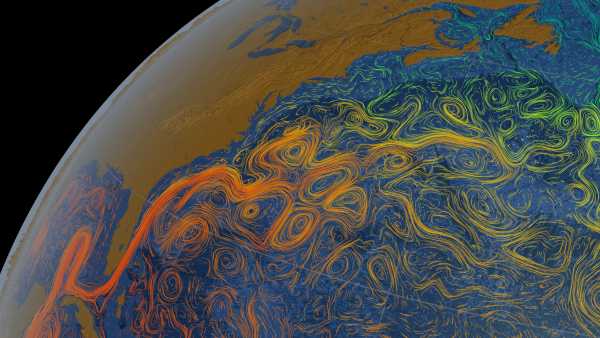
A new study has found that a key Atlantic current could begin to weaken as early as 2055.
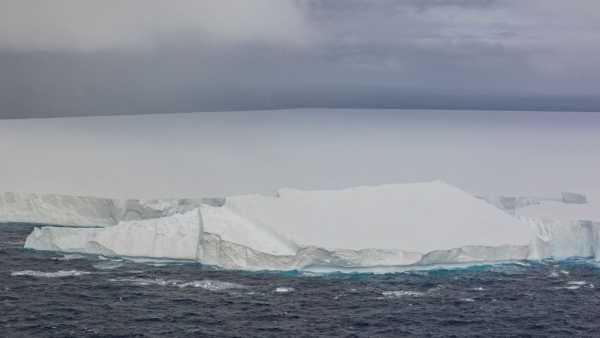
The 40-year-old 'queen of icebergs' A23a is no longer the world's largest, having lost several 'very large chunks' since May.
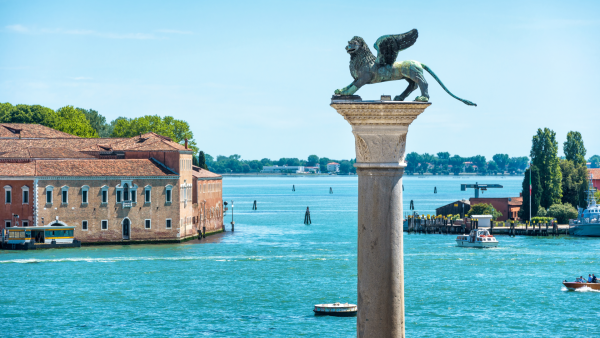
Research has revealed that the famous winged lion statue in Venice may actually date back to China's Tang Dynasty.
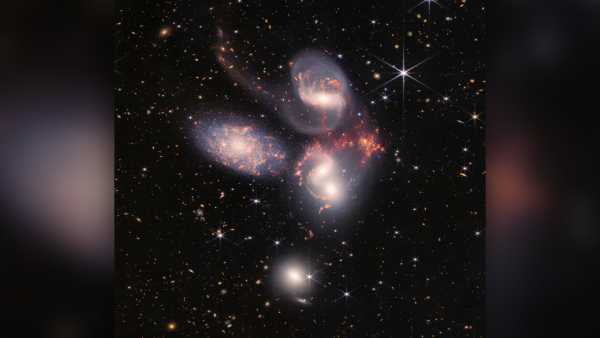
James Webb Telescope Finds 'Extremely Rare' Five-Galaxy Collision in Early Universe
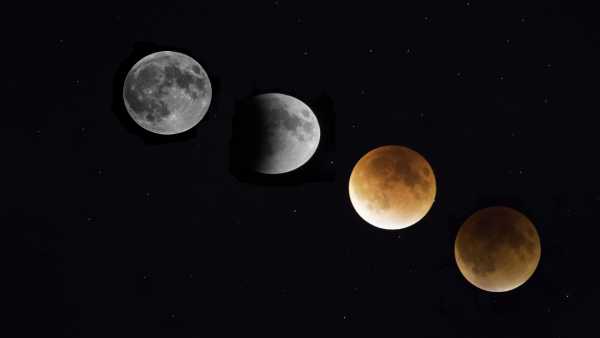
Who Will See the Total Lunar Eclipse 'Blood Moon' This Weekend? LATEST ARTICLES
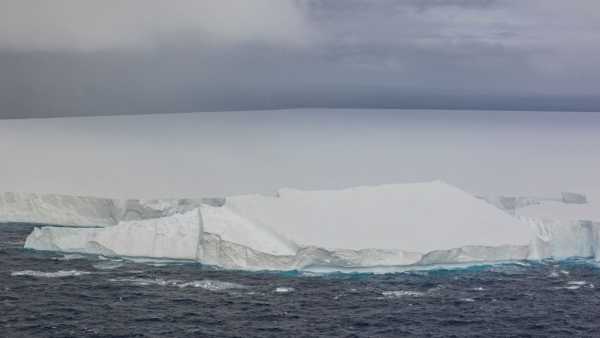
The 140-year-old “queen of icebergs” A23a is no longer the world's largest after several “very large chunks” broke off since May.
Live Science is part of Future US Inc., an international media group and leading digital publisher. Visit our corporate website.
- About Us
- Contact Future experts
- Terms and Conditions
- Privacy Policy
- Cookie Policy
- Accessibility Statement
- Advertise with us
- Web Notifications
- Career
- Editorial Standards
- How to present history to us
© Future US, Inc. Full 7th Floor, 130 West 42nd Street, New York, NY 10036.
var dfp_config = { “site_platform”: “vanilla”, “keywords”: “type-news-daily,serversidehawk,videoarticle,van-enable-adviser-
Sourse: www.livescience.com




